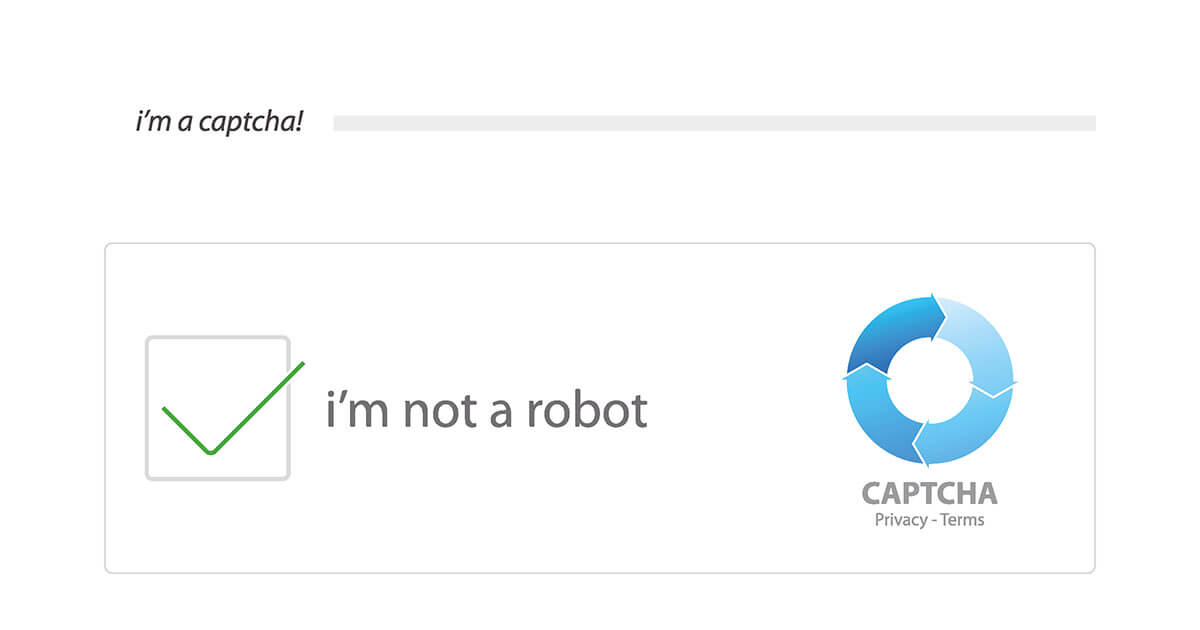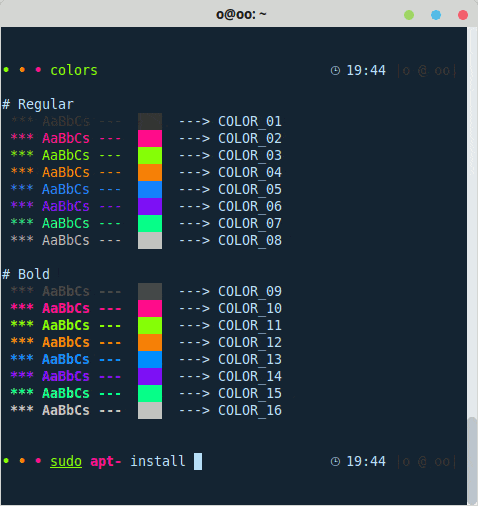The recent malware campaign using fake CAPTCHAs is expanding rapidly, posing a growing threat to online users. This sophisticated technique employs fake CAPTCHA pages to trick victims into believing they are interacting with a legitimate security mechanism. In reality, these pages are designed to distribute dangerous malware, such as Lumma and Amadey, which can seriously compromise the security of users’ devices and data.
The campaign demonstrates the evolution of cybercriminal tactics, which now exploit common elements of the web to spread their threats. This approach is particularly effective because it takes advantage of users’ familiarity with CAPTCHAs, turning a security tool into an attack vector. The expansion of this campaign underscores the importance of constant vigilance and the adoption of robust security practices by both individual users and organizations to protect themselves against these evolving threats.
Lumma and Amadey malware
The Lumma and Amadey malware, distributed through the fake CAPTCHA campaign, are dangerous tools used by cybercriminals to compromise the security of victims’ devices.
- Lumma: This is an advanced infostealer designed to steal sensitive information such as login credentials, credit card data and cryptocurrencies. It has the ability to hide from security solutions and can update itself automatically to avoid detection.
- Amadey: Works as a malware loader, allowing attackers to download and execute additional malware on the infected system. It also collects information about the compromised device, such as details of the operating system and installed programs.
Both pieces of malware pose a serious threat to users’ privacy and security, and can result in significant financial losses and the compromise of personal and corporate data.
Countries most affected
Kaspersky’s analysis revealed that the countries most impacted by this malware campaign include:
- Brazil
- Spain
- Italy
- Russia
These countries emerge as the main targets of the operation, indicating a possible preference by the attackers for specific markets or a greater vulnerability of users in these regions to the tactics employed. The geographical concentration of the attack suggests that criminals may be adapting their strategies to exploit particular characteristics of these markets, such as browsing preferences, online behaviors or levels of cybersecurity awareness.
Prevention Strategies in IT Companies
It is possible to implement effective strategies to protect customers against malware attacks based on fake CAPTCHAs. Some key measures include:
- Awareness training to educate users about the risks
- Implementation of advanced security solutions, such as antivirus and firewalls
- Regular maintenance of system and software updates
- Backup routines and data recovery plans
- Establishing safe browsing policies
- Implementation of password managers and MFA
IT companies have a key role to play in significantly reducing the risk of their clients falling victim to this type of malware attack by strengthening overall cyber security 🙂
Take advantage of the fact that you’ve come this far and check out Kaspersky‘s article, it’s very worthwhile.
See you next time!










